Home>Garden Essentials>What Plant Does Sesame Seeds Come From
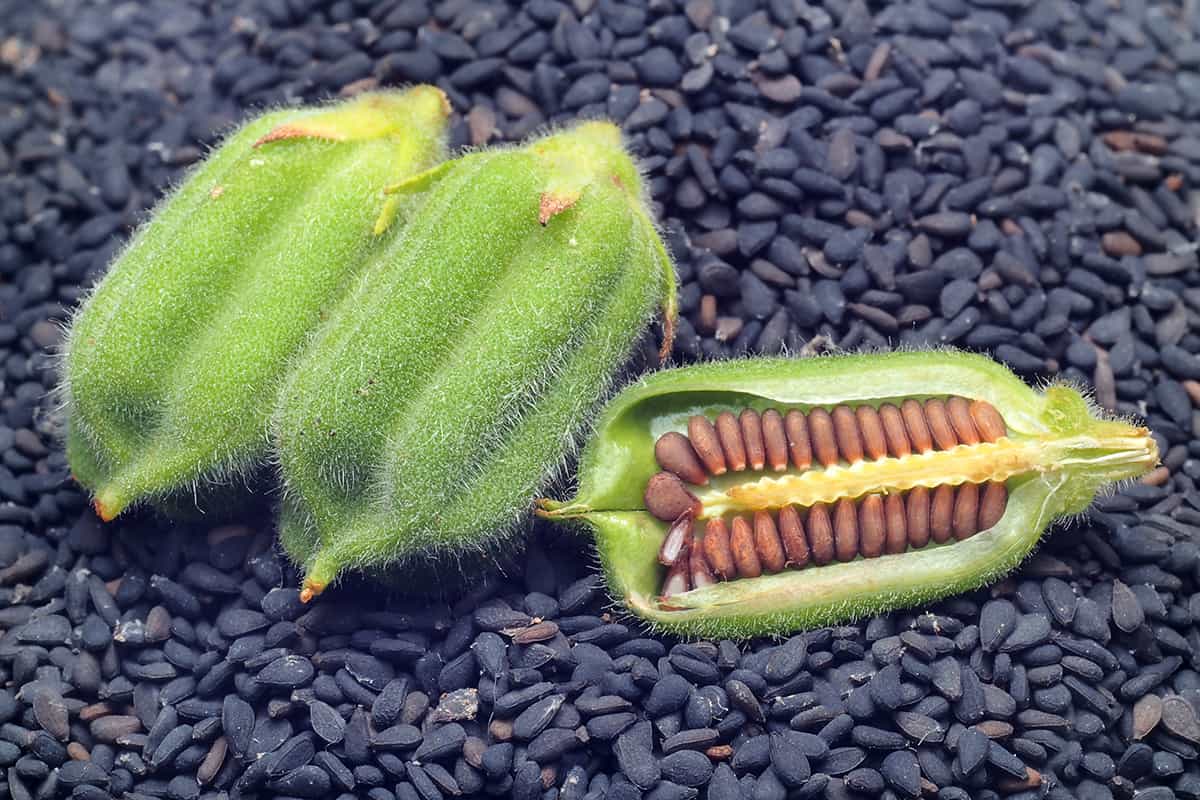

Garden Essentials
What Plant Does Sesame Seeds Come From
Modified: March 21, 2024
Learn about sesame seeds and discover the plant they come from in your garden. Explore tips for growing and harvesting sesame plants.
(Many of the links in this article redirect to a specific reviewed product. Your purchase of these products through affiliate links helps to generate commission for Storables.com, at no extra cost. Learn more)
Introduction
Welcome to the fascinating world of gardening, where nature’s creations come to life and thrive. In this article, we will delve deep into the realm of sesame seeds and uncover the secrets of the plant they come from. Understanding the botanical source of sesame seeds is not only enriching for gardening enthusiasts, but it also sheds light on the culinary and health benefits associated with these tiny yet mighty seeds.
Sesame seeds, known for their distinct flavor and crunchy texture, have been a staple ingredient in various cuisines for centuries. From Asian stir-fries to Middle Eastern tahini, sesame seeds add a delightful nutty note and a burst of nutritional value to countless dishes.
But how much do we know about the plant that bears these precious seeds? Let’s embark on an enlightening journey through the lifecycle and characteristics of the sesame plant, explore the methods used to produce and harvest sesame seeds, and uncover the many uses and benefits of these versatile kitchen companions.
Whether you are an avid gardener looking to expand your knowledge or simply curious about the origins of the foods you consume, this article will provide you with a comprehensive understanding of the botanical source of sesame seeds and deepen your appreciation for the wonders of nature.
So, put on your gardening gloves, grab your watering can, and join us as we uncover the secrets behind the plant that gives us the beloved sesame seeds.
Key Takeaways:
- Sesame seeds come from the Sesamum indicum plant, known for its self-pollinating flowers and high oil content. They are versatile, used in cooking, and packed with essential nutrients for a healthy diet.
- Sesame seeds offer potential health benefits, including heart and bone health, brain function, and stress relief. They have a rich history in traditional medicine, adding cultural significance to their culinary appeal.
Read more: What Plant Does A Sesame Seed Come From
Sesame Seeds: An Overview
Sesame seeds, scientifically known as Sesamum indicum, are tiny, flat seeds that come from the flowering plant of the same name. These seeds are known for their rich flavor, high oil content, and nutritional value, making them a popular ingredient in various cuisines around the world.
The color of sesame seeds can vary, ranging from creamy white to golden brown or even black. The lighter-colored seeds are commonly used in baking and confectionery, while the darker ones are favored for their intense flavor and are often used in savory dishes.
One of the remarkable characteristics of sesame seeds is their rich oil content, which accounts for approximately 50% of their weight. This high oil content gives sesame seeds their distinctive nutty taste and also makes them an excellent source of healthy fats.
Sesame seeds have been cultivated for thousands of years and have a long history of being used in both cooking and traditional medicine. They are believed to have originated in Africa and were later introduced to Asia and other parts of the world through trade routes. Today, sesame seeds are grown in many countries, with the largest producers including India, China, and Myanmar.
These versatile seeds can be consumed in various forms, including raw, roasted, or ground into a paste known as tahini. They are commonly used as a garnish in bread, pastries, and salads, or incorporated into sauces, dressings, and spreads.
In addition to their culinary uses, sesame seeds are also highly valued for their nutritional benefits. They are packed with essential nutrients such as vitamins, minerals, and antioxidants, making them a valuable addition to a healthy diet.
In the following sections, we will explore the botanical source of sesame seeds in more detail, including the characteristics of the sesame plant and the methods involved in their production and harvesting. So, let’s dig deeper into the fascinating world of sesame seeds and uncover the secrets of this magnificent plant.
Botanical Source of Sesame Seeds
The botanical source of sesame seeds is the Sesamum indicum plant, commonly known as the sesame plant. It belongs to the Pedaliaceae family and is an annual flowering plant that can grow up to 5 feet in height.
Sesame plants have a sturdy stem, slender leaves, and delicate, bell-shaped flowers that range in color from white to pale pink. These flowers give way to seed pods that contain the prized sesame seeds. Each pod can hold up to 100 or more seeds, which are known for their small size but abundant nutritional value.
The sesame plant is indigenous to Africa and is believed to have first been cultivated in ancient Egypt. From there, it spread to various parts of Asia and the Middle East, where it became an important crop and a revered ingredient in local cuisines.
In terms of cultivation, sesame plants prefer warm climates and well-drained soil. They are incredibly resilient and can tolerate drought and high temperatures, making them suitable for cultivation in arid regions. Sesame plants require full sun exposure and a growing season of about 90-120 days to reach maturity.
One of the fascinating aspects of the sesame plant is its ability to self-pollinate. This means that it has both male and female reproductive organs within the same flower, allowing for efficient seed production. However, the plant can also be cross-pollinated by insects, ensuring genetic diversity within the sesame population.
Once the flowers have been pollinated, they give way to small, elongated seed pods that gradually mature and turn brown. It typically takes around 3-4 months from planting to harvest for the sesame seeds to reach their full potential. At this stage, the seed pods are carefully gathered and processed to extract the valuable seeds.
Overall, the botanical source of sesame seeds is a resilient and versatile plant that has been cultivated for centuries. Its ability to adapt to various climates and its self-pollination mechanism have contributed to its widespread cultivation and popularity as an important crop.
In the next sections, we will explore the characteristics of the sesame plant in more detail and uncover the methods used to produce and harvest sesame seeds. So, let’s continue our journey through the intriguing world of sesame seeds and discover more about this remarkable plant.
Sesame Plant Characteristics
The sesame plant, scientifically known as Sesamum indicum, exhibits several distinctive characteristics that make it a unique and fascinating plant to cultivate. Understanding these plant characteristics can help gardeners and enthusiasts successfully grow and care for sesame plants.
Size and Structure: Sesame plants are typically small to medium-sized, reaching an average height of 3 to 5 feet (0.9 to 1.5 meters). They have a multi-branched, upright growth habit, with a sturdy main stem and numerous lateral branches. The leaves of the sesame plant are ovate and alternate, growing along the stems.
Flowers: The flowers of the sesame plant are delicate and bell-shaped, with five petals that can range in color from white to pale pink. They emerge in clusters and have a mild, pleasant fragrance. These flowers are self-pollinating, as they contain both male and female reproductive organs within the same flower.
Seed Pods: Once the flowers have been pollinated, they develop into seed pods that contain the precious sesame seeds. These elongated seed pods are thin and papery, ranging in length from 2 to 8 centimeters. As the pods mature, they turn from green to brown and eventually split open, revealing the sesame seeds inside.
Seeds: Sesame seeds are small, flat, and oval-shaped. They have a smooth, glossy outer shell that can vary in color, including creamy white, golden brown, or even black. The seeds are tightly packed within the seed pods and are ready for harvest once the pods have fully matured and split open.
Adaptability: Sesame plants exhibit remarkable adaptability to different climatic conditions. They can tolerate high temperatures and are drought-resistant, making them suitable for cultivation in arid and tropical regions. However, they also require a frost-free growing season of around 90 to 120 days to reach maturity.
Oil Content: One of the defining characteristics of sesame seeds is their high oil content. Sesame seeds contain approximately 50% oil, which gives them their distinctive nutty flavor and makes them an excellent source of healthy fats. The oil extracted from sesame seeds is commonly used for cooking, dressing salads, and even in cosmetic products.
Cultivation: Sesame plants thrive in well-drained soil with a pH range of 5.5 to 8.0. They require full sun exposure to ensure optimal growth and seed development. Sesame seeds are usually sown directly into the ground or in containers during the appropriate planting season, depending on the climate and location.
Overall, the sesame plant displays unique characteristics that contribute to its resilience and widespread cultivation. Its compact size, self-pollinating flowers, distinctive seed pods, and high oil content make it a captivating plant to grow and observe.
In the next section, we will explore the methods involved in the production and harvesting of sesame seeds, uncovering the careful steps taken to ensure the seeds are of the highest quality. So, let’s continue our journey through the world of sesame seeds and delve into the intriguing process of sesame seed production.
Sesame Seeds: Production and Harvesting
The production and harvesting of sesame seeds involve several careful steps to ensure the highest quality of the seeds. From selecting the right planting season to post-harvest processing, each stage plays a vital role in the overall production process.
Planting Season: The planting season for sesame seeds varies depending on the climate and location. In tropical and subtropical regions, sesame seeds are usually sown during the summer months, as they require warm soil temperatures to germinate and establish healthy plant growth. In temperate regions, sesame seeds are typically planted in late spring once the soil has warmed up.
Seed Preparation: Before planting, sesame seeds are often soaked in water overnight to soften their outer coating and promote faster germination. The seeds can then be planted directly into the prepared soil or started indoors in containers and transplanted once they reach a suitable size.
Soil Requirements: Sesame plants thrive in well-draining soils with a pH range of 5.5 to 8.0. It is essential to prepare the soil by removing any weeds, rocks, or debris and incorporating organic matter or compost to enrich its fertility. The soil should be loose and friable to allow for proper root development and water drainage.
Planting and Spacing: Sesame seeds should be planted approximately 1/2 to 1 inch deep in the soil. As the plants grow, it is recommended to thin them to provide adequate spacing, typically around 8 to 12 inches apart, allowing each plant to receive sufficient light, water, and nutrients.
Watering and Care: Sesame plants require regular watering, especially during dry spells, but they are also drought-tolerant once established. It is important to maintain consistent soil moisture to support optimal plant growth and flowering. In addition, applying a layer of organic mulch can help conserve moisture and suppress weed growth.
Flowering and Pollination: Sesame plants typically start flowering around 40 to 60 days after sowing. The flowers are self-pollinating, with both male and female reproductive organs within each bloom. However, they can also be pollinated by insects, which contribute to genetic diversity within the sesame population.
Seed Maturation and Harvesting: As the flowers fade, seed pods begin to form and develop on the sesame plants. It takes approximately 90 to 120 days from planting for the seed pods to fully mature. At this stage, the seed pods turn brown and begin to split open, revealing the sesame seeds inside.
To harvest sesame seeds, the seed pods are carefully collected, either by hand or using mechanical harvesting equipment. The pods can be threshed to separate the seeds or left to dry on the plants for a few additional weeks before processing.
Processing and Storage: After harvesting, sesame seeds undergo further processing to remove any excess plant material and debris. They are typically cleaned, dried, and sometimes roasted to enhance their flavor. Once processed, sesame seeds can be stored in airtight containers in a cool, dry place to retain their freshness and quality.
The production and harvesting of sesame seeds require careful attention and adherence to each stage of the process. By following proper planting techniques, providing adequate care, and ensuring timely harvesting and processing, farmers and gardeners can successfully cultivate and enjoy the abundance of these wonderful seeds.
In the next sections, we will explore the culinary uses and nutritional value of sesame seeds, as well as the various health benefits associated with their consumption. So, let’s continue our exploration of the captivating sesame seeds and uncover their many incredible qualities.
Sesame seeds come from the sesame plant, which is a flowering plant in the genus Sesamum. The seeds are harvested from the pods of the plant and are commonly used in cooking and baking.
Read more: Where Do Sesame Seeds Come From
Culinary Uses of Sesame Seeds
Sesame seeds have long been prized for their unique flavor and versatility in the culinary world. These tiny seeds can elevate a dish with their nutty taste and aromatic presence. They are used in a wide variety of cuisines across the globe, adding a delightful textural element and a burst of flavor to countless recipes.
Here are some of the popular culinary uses of sesame seeds:
- Garnish: Sesame seeds make a wonderful garnish for both sweet and savory dishes. They can be sprinkled over salads, stir-fries, noodles, and soups to add a visual appeal and a satisfying crunch.
- Baking: Sesame seeds are commonly used in baking, particularly in bread and confectionery. They can be sprinkled on top of bread rolls, bagels, and buns to enhance their taste and appearance. Sesame seeds are also incorporated into cookies, cakes, and pastries for a delightful twist.
- Tahini: Tahini is a paste made from ground sesame seeds. It is a key ingredient in Middle Eastern cuisine and is used to make traditional dishes such as hummus, baba ganoush, and halva. Tahini can also be used as a condiment, spread on sandwiches, drizzled over roasted vegetables, or mixed into dressings and sauces.
- Sesame Oil: The oil extracted from sesame seeds is highly valued for its rich flavor and high smoke point. It is widely used in Asian cooking as a cooking oil, a seasoning, and a flavor enhancer. Sesame oil adds a distinctive nutty taste to stir-fries, noodles, marinades, and salad dressings.
- Coating and Crusting: Sesame seeds are often used as a coating or crust for various dishes, adding a flavorful and crispy outer layer. They can be pressed onto chicken or fish fillets, rolled onto sushi rolls, or used as a breading for tofu or vegetables.
- Sesame Snacks: Sesame seeds are a popular ingredient in snacks and treats. They are commonly used in the production of energy bars, granola bars, and trail mixes, providing a nutritious and crunchy component. Sesame snaps, a type of sweet treat made from caramelized sesame seeds, are also enjoyed as a delicious snack.
Aside from their culinary uses, sesame seeds are also ground into a paste called “sesame butter,” which can be used as a nut-free alternative to peanut butter.
With their rich flavor, crunchy texture, and versatility, sesame seeds have become an essential ingredient in many cuisines around the world. Incorporating sesame seeds into your cooking not only adds a delightful taste but also brings nutritional benefits to your dishes.
In the next section, we will explore the nutritional value of sesame seeds and discover the health benefits associated with their consumption. So, let’s continue our exploration of the incredible sesame seeds and uncover their nourishing properties.
Nutritional Value of Sesame Seeds
Sesame seeds are not only renowned for their delicious flavor and culinary versatility but also for their impressive nutritional profile. These tiny seeds pack a powerful punch when it comes to essential nutrients, making them a valuable addition to a healthy and balanced diet.
Here is a breakdown of the key nutrients found in sesame seeds:
- Protein: Sesame seeds are a great plant-based source of protein. They contain all nine essential amino acids, making them a complete protein source for vegetarians and vegans.
- Healthy Fats: Sesame seeds are rich in healthy fats, particularly monounsaturated and polyunsaturated fats. These fats contribute to cardiovascular health, help reduce inflammation, and support proper brain function.
- Fiber: Sesame seeds are an excellent source of dietary fiber, which aids in digestion, promotes satiety, and helps maintain stable blood sugar levels.
- Vitamin E: Sesame seeds are a good source of vitamin E, a powerful antioxidant that helps protect cells from oxidative damage. Vitamin E is also important for maintaining healthy skin, hair, and immune function.
- Magnesium: Sesame seeds provide a significant amount of magnesium, a mineral essential for bone health, muscle function, and nerve function. Magnesium also plays a role in regulating blood pressure and blood sugar levels.
- Calcium: Sesame seeds are rich in calcium, vital for strong and healthy bones and teeth. They are an excellent plant-based source of calcium for individuals who follow a dairy-free or lactose-intolerant diet.
- Iron: Sesame seeds contain iron, which is necessary for the production of red blood cells and oxygen transportation in the body. Incorporating sesame seeds into your diet can help prevent iron deficiency and support overall energy levels.
In addition to these essential nutrients, sesame seeds also provide a range of other important vitamins and minerals such as zinc, copper, phosphorus, and B vitamins.
It’s important to note that while sesame seeds are nutritious, they are also calorie-dense. A serving of sesame seeds should be consumed in moderation as part of a well-balanced diet.
Now that we’ve explored the impressive nutritional value of sesame seeds, let’s dive deeper into the health benefits associated with their consumption. In the next section, we will uncover the many ways in which sesame seeds can promote overall well-being and support a healthy lifestyle.
Health Benefits of Sesame Seeds
Sesame seeds not only add a delightful flavor and crunch to dishes but also offer a range of health benefits. Packed with essential nutrients, these tiny seeds have been associated with various positive effects on overall well-being. Let’s explore some of the key health benefits of incorporating sesame seeds into your diet:
- Heart Health: Sesame seeds are rich in monounsaturated and polyunsaturated fats, including omega-3 and omega-6 fatty acids. These healthy fats can help reduce inflammation, lower LDL cholesterol levels, and enhance heart health, reducing the risk of cardiovascular diseases.
- Bone Health: Sesame seeds are a good source of calcium, magnesium, and phosphorus, all of which contribute to maintaining strong and healthy bones. Regular consumption of sesame seeds may help prevent osteoporosis and age-related bone loss.
- Brain Function: The presence of nutrients like vitamin E, iron, and calcium in sesame seeds supports optimal brain function. These nutrients are involved in cognitive processes and help maintain a healthy nervous system.
- Digestive Health: Sesame seeds are high in dietary fiber, which aids in digestion and promotes regular bowel movements. Fiber can help prevent constipation, maintain a healthy gut, and support overall digestive health.
- Antioxidant Properties: Sesame seeds are a rich source of antioxidants, such as vitamin E and lignans. These antioxidants help neutralize harmful free radicals in the body, protecting cells from oxidative damage and reducing the risk of chronic diseases.
- Blood Pressure Regulation: Sesame seeds contain beneficial minerals like magnesium and potassium, which help regulate blood pressure levels. These minerals support cardiovascular health and can help lower high blood pressure.
- Stress and Anxiety Relief: Sesame seeds contain an amino acid called tryptophan, which is a precursor to serotonin, a neurotransmitter that plays a role in mood regulation. Consuming sesame seeds may help promote a sense of relaxation and alleviate stress and anxiety.
It’s worth noting that while sesame seeds offer potential health benefits, they should be consumed in moderation as part of a well-balanced diet. As with any food, individual circumstances and dietary needs may vary, so it is always advisable to consult with a healthcare professional or registered dietitian for personalized advice.
Incorporating sesame seeds into your meals and snacks is a delicious way to enjoy their nutty flavor while reaping the numerous health benefits they offer. So, why not sprinkle sesame seeds over your salads, stir them into your smoothies, or use them as a topping for your favorite dishes?
In the next section, we will explore the historical and traditional uses of sesame seeds in herbal medicine and alternative therapies. Join us as we delve into the fascinating world of sesame seeds beyond the culinary realm.
Sesame Seeds in Traditional Medicine
Sesame seeds have a long history of use in traditional medicine systems around the world. In many ancient cultures, sesame seeds were valued for their medicinal properties and were incorporated into various herbal remedies and alternative therapies. Let’s explore some of the traditional uses of sesame seeds in healing and wellness:
- Digestive Health: In traditional Ayurvedic medicine, sesame seeds are believed to support digestive health. They are used to alleviate gastrointestinal issues such as indigestion, bloating, and constipation. Sesame oil, derived from sesame seeds, is also used in Ayurvedic therapies like oil pulling and abdominal massages to promote detoxification and strengthen the digestive system.
- Joint Health: Traditional Chinese medicine (TCM) uses sesame seeds for their purported benefits in nourishing the joints and promoting flexibility. Sesame seeds are believed to contain properties that help support joint health and alleviate conditions like arthritis and joint inflammation.
- Energy and Vitality: In traditional Indian medicine, sesame seeds are considered a tonic for enhancing energy and vitality. They are believed to nourish the body and provide essential nutrients that promote overall well-being and stamina.
- Women’s Health: Some traditional practices suggest that sesame seeds may have benefits for women’s health. In Ayurveda, sesame oil is used in Abhyanga, a traditional self-massage technique, to support hormonal balance and promote reproductive health. Sesame seeds are also often included in herbal formulations that aim to ease menstrual discomfort and support postpartum recovery.
- Respiratory Support: Sesame seeds are used in traditional medicine to address respiratory issues such as coughs, asthma, and bronchitis. They are believed to possess mucolytic properties, helping to relieve congestion and promote clear breathing.
- Stress Relief: In traditional practices, sesame seeds are sometimes used as part of relaxation techniques to support stress relief. The seeds are associated with properties that help calm the mind and promote a sense of well-being.
It is important to note that while sesame seeds have a rich history of use in traditional medicine, scientific research validating their specific medicinal properties is limited. As with any natural remedy, it is advisable to consult with a healthcare professional before using sesame seeds for therapeutic purposes, especially if you have any underlying health conditions or are taking medications.
While the traditional uses of sesame seeds in healing are intriguing, it’s important to appreciate them within their cultural and historical contexts. Sesame seeds continue to be cherished not only for their culinary benefits but also for their potential contributions to holistic well-being.
As our exploration of sesame seeds comes to a close, we have discovered their botanical source, culinary uses, nutritional value, health benefits, and traditional medicinal applications. Next time you enjoy the delightful flavor and texture of sesame seeds, you can appreciate the rich tapestry of history, culture, and wellness they bring to your plate.
So, sprinkle some sesame seeds onto your dishes, indulge in the delights of tahini, or explore the abundance of recipes that showcase the versatile sesame seed. Embrace the magic of these tiny yet mighty seeds and embark on a flavorful journey that celebrates the wonders of nature and the joys of gastronomy.
Read more: Where Does Poppy Seed Come From
Conclusion
As we conclude our exploration of sesame seeds and their botanical source, culinary uses, nutritional value, health benefits, and traditional medicinal applications, we have gained a deeper appreciation for these tiny yet extraordinary seeds. From their origins in the Sesamum indicum plant to their versatile presence in cuisines around the world, sesame seeds have proven to be more than just a flavorful addition to our meals.
Our journey through the world of sesame seeds has uncovered their rich history, dating back thousands of years, and their role in ancient cultures and traditional medicine systems. While scientific research continues to explore the specific health benefits and medicinal properties of sesame seeds, their use in alternative therapies highlights the reverence and respect these seeds have earned over time.
From a culinary standpoint, sesame seeds offer a delightful nutty taste and a satisfying crunch to a wide array of dishes. Whether used as a garnish, incorporated into baked goods, transformed into tahini, or pressed into oil, sesame seeds have become a staple in kitchens globally. Their versatility knows no bounds, enhancing both savory and sweet creations with their unique flavor and texture.
From a nutritional perspective, sesame seeds are packed with essential nutrients like protein, healthy fats, fiber, vitamins, and minerals. Their impressive profile supports heart health, bone strength, brain function, digestive well-being, and more. Including sesame seeds in your diet can offer a range of potential health benefits, in addition to adding a burst of flavor to your meals.
While our exploration has shed light on the wonders of sesame seeds, it is important to remember that individual dietary needs and health considerations may vary. Consulting with a healthcare professional or registered dietitian is always advisable when incorporating new foods or remedies into your lifestyle.
As we bid farewell to the intriguing world of sesame seeds, we hope you are inspired to embrace their culinary delights, explore their nutritional advantages, and perhaps even dabble in their traditional uses. Whether you’re a seasoned gardener, a passionate cook, or simply an adventurous food lover, sesame seeds will continue to captivate your senses and nourish your body.
So, let us celebrate the magic of sesame seeds and embark on a flavorful journey that highlights the beauty of nature, the joys of gastronomy, and the holistic pursuit of health and well-being.
Frequently Asked Questions about What Plant Does Sesame Seeds Come From
Was this page helpful?
At Storables.com, we guarantee accurate and reliable information. Our content, validated by Expert Board Contributors, is crafted following stringent Editorial Policies. We're committed to providing you with well-researched, expert-backed insights for all your informational needs.
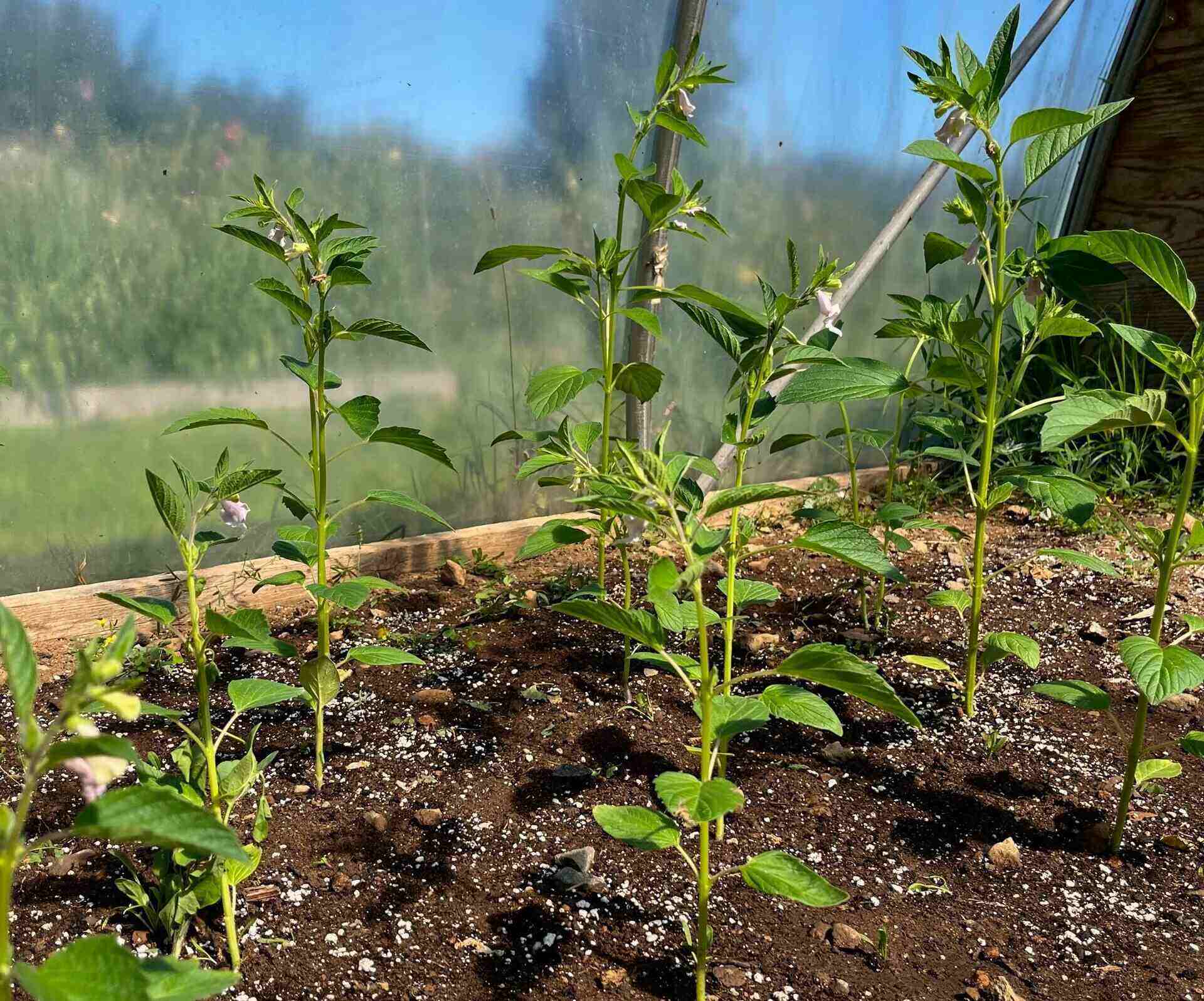
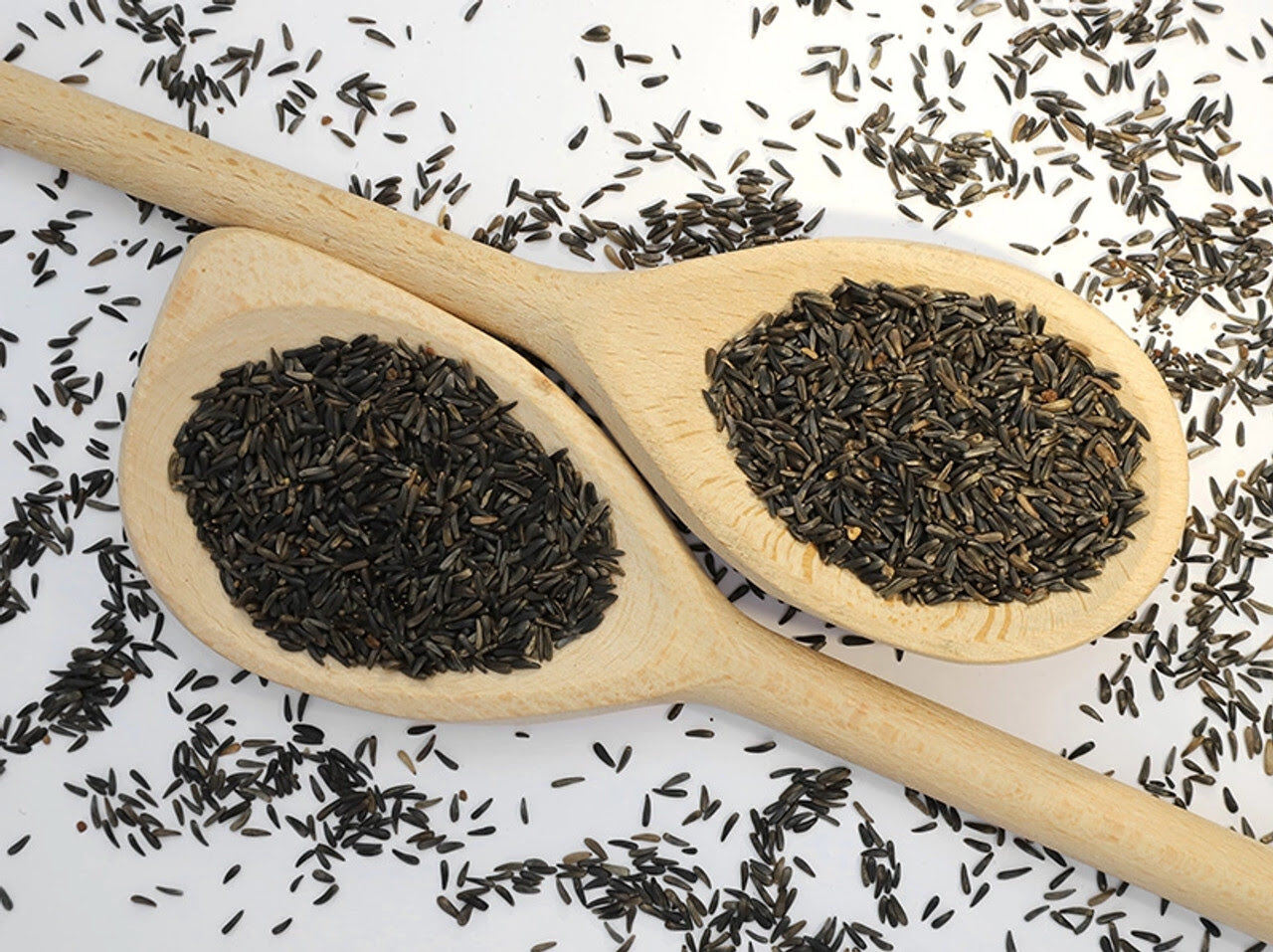
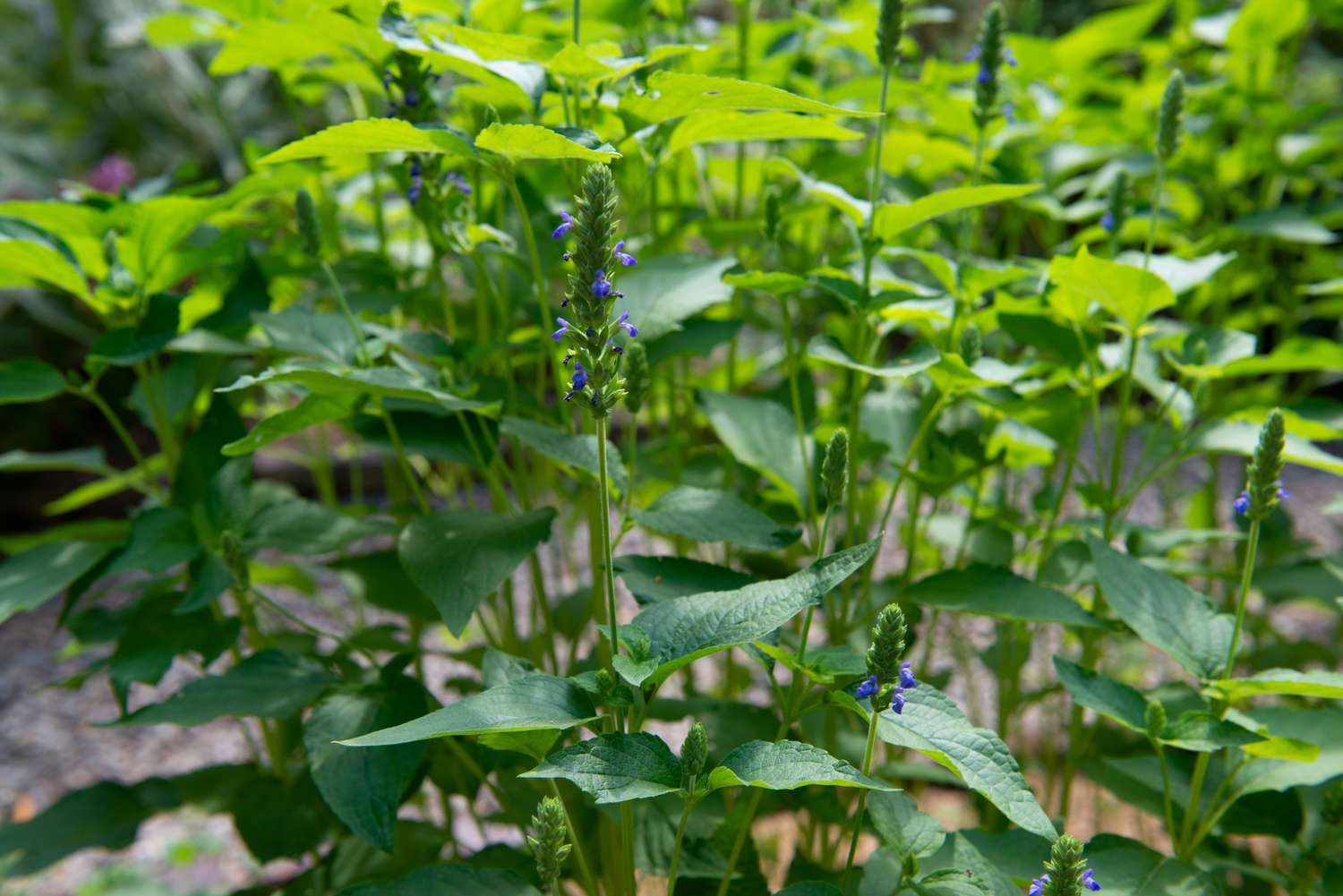
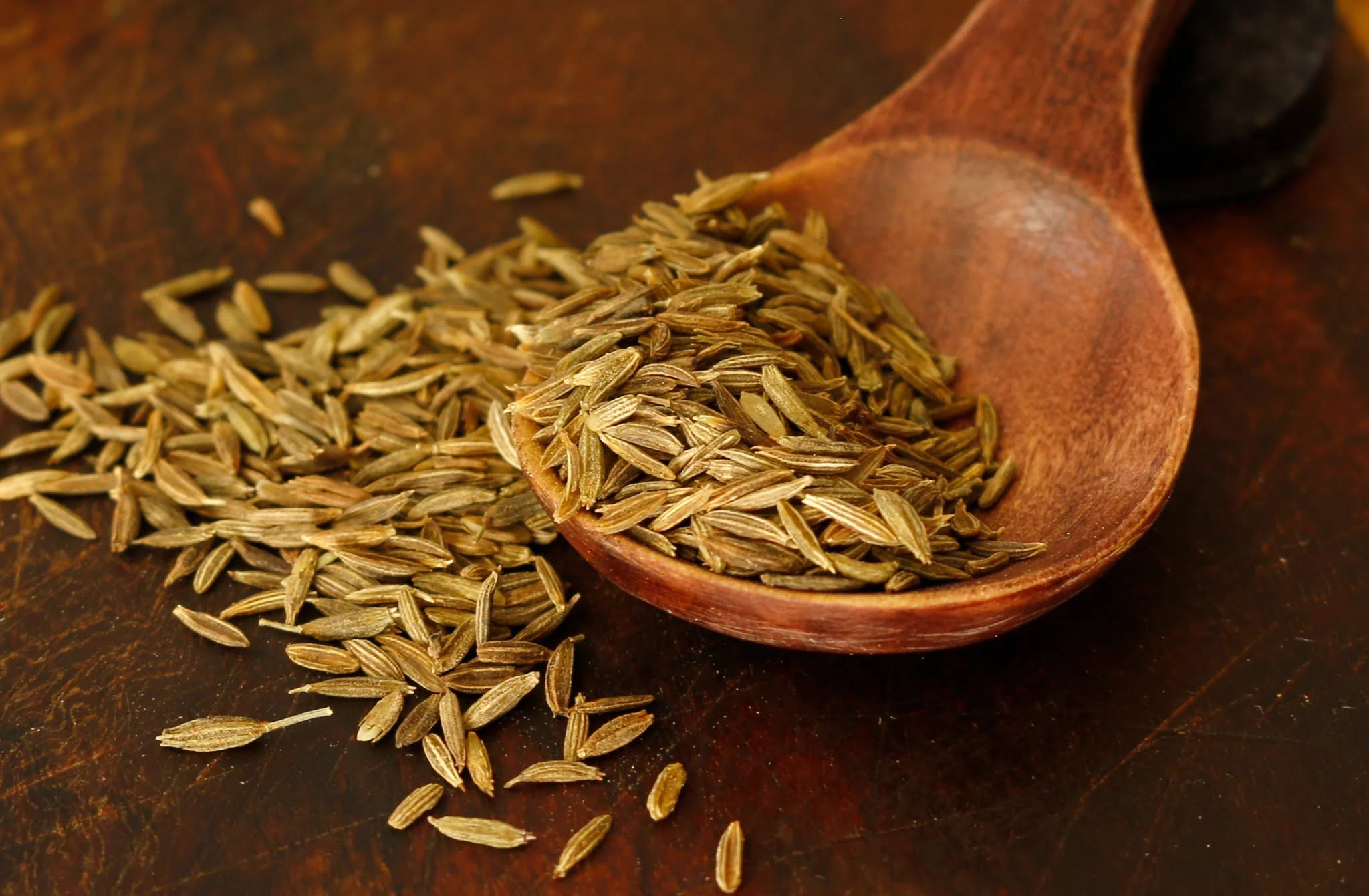
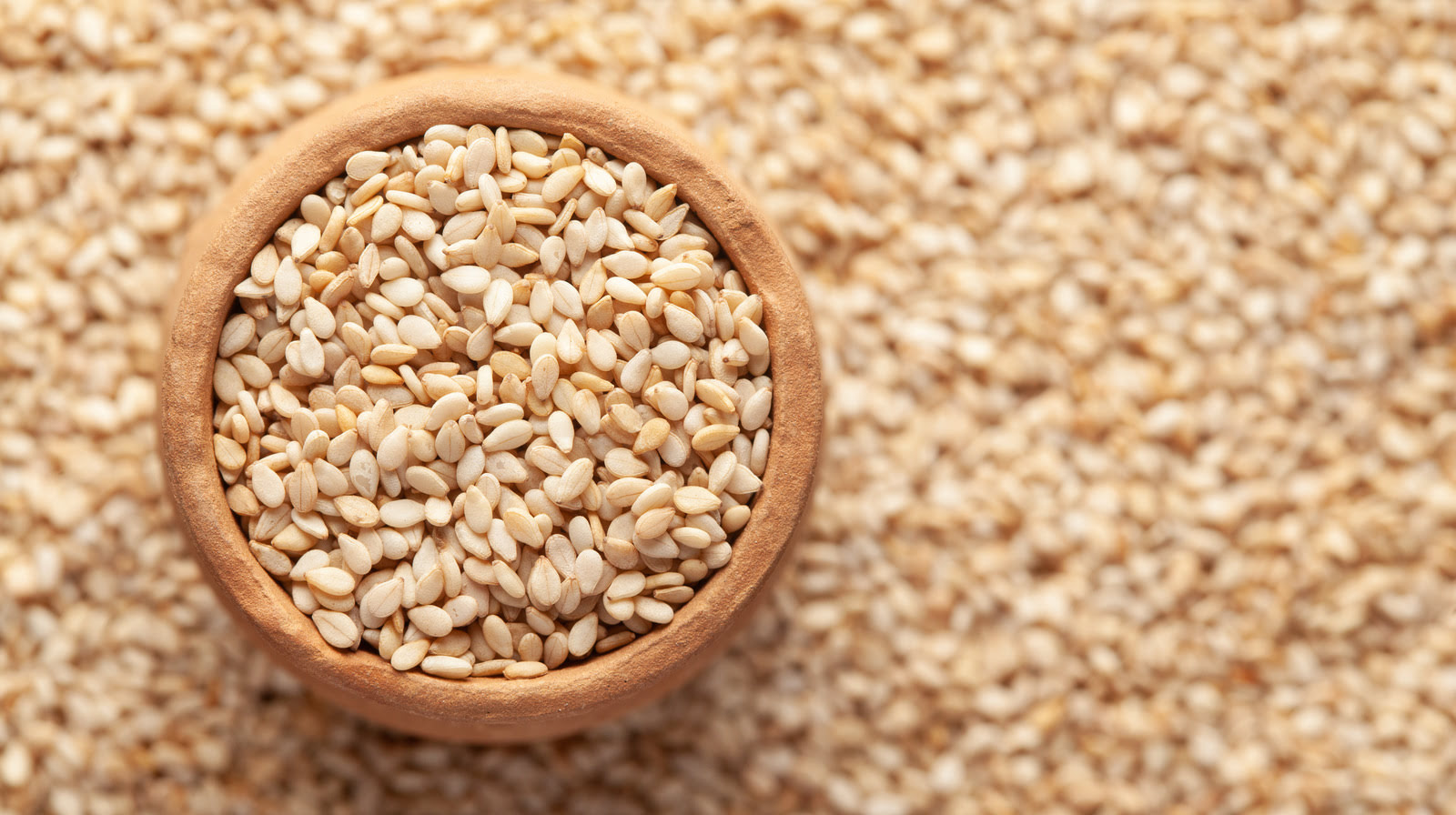
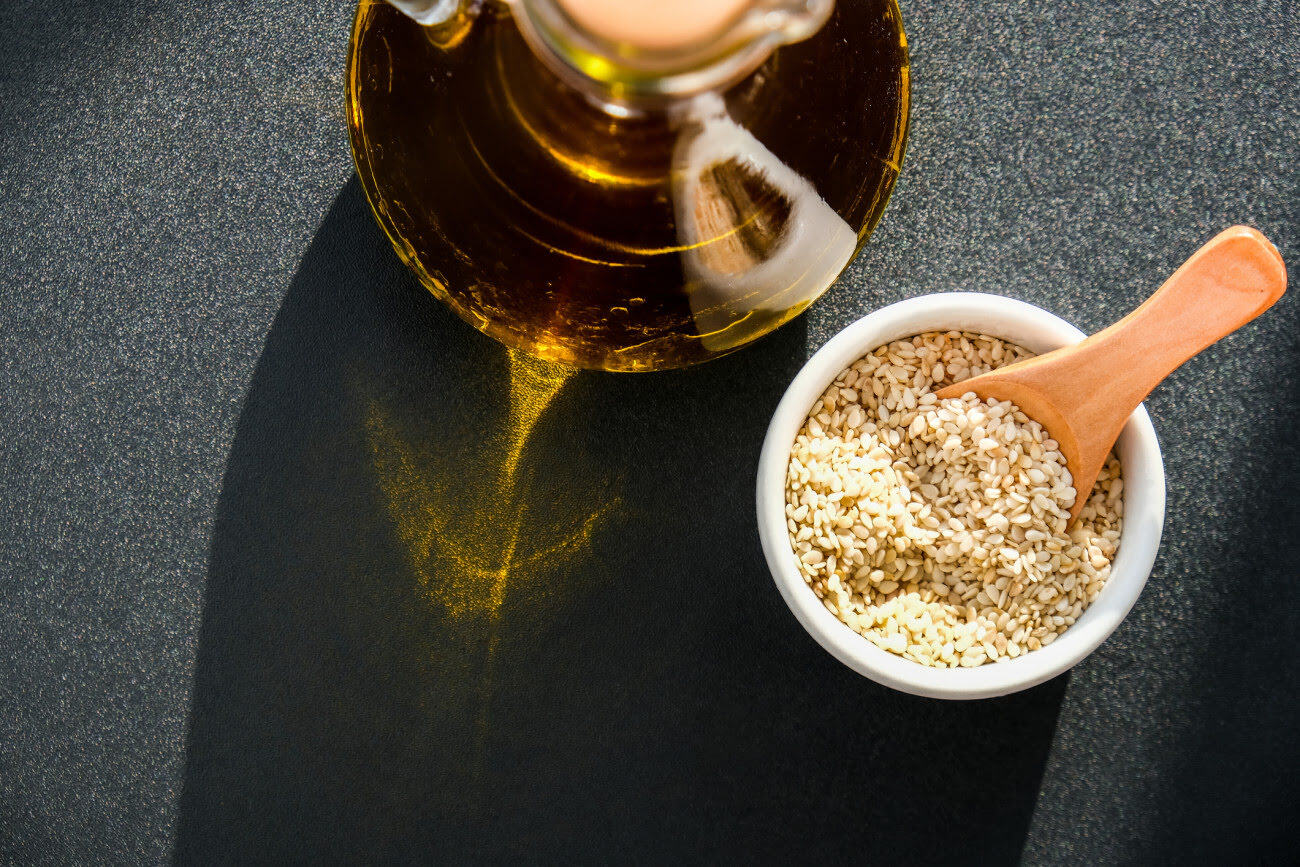
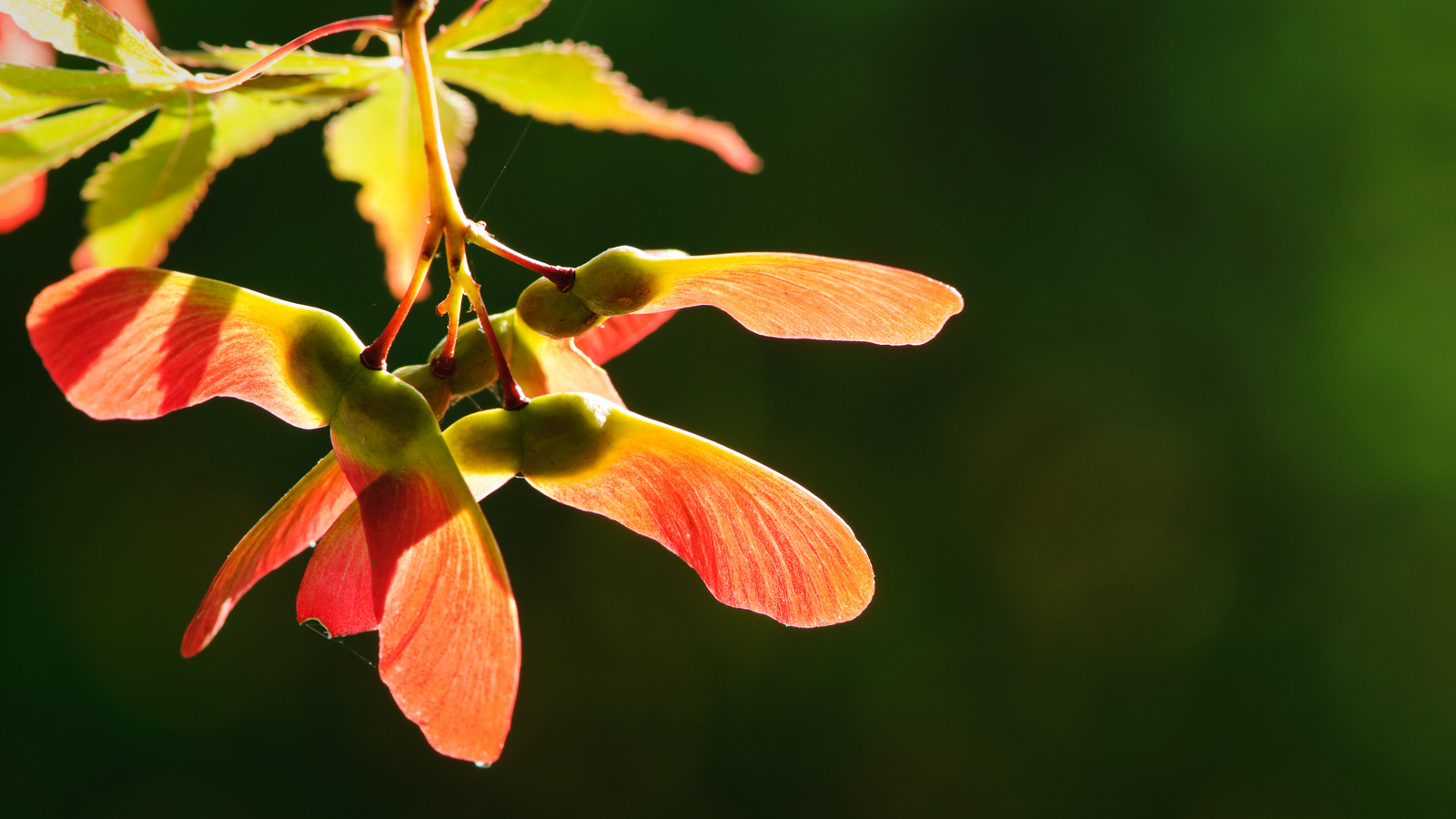
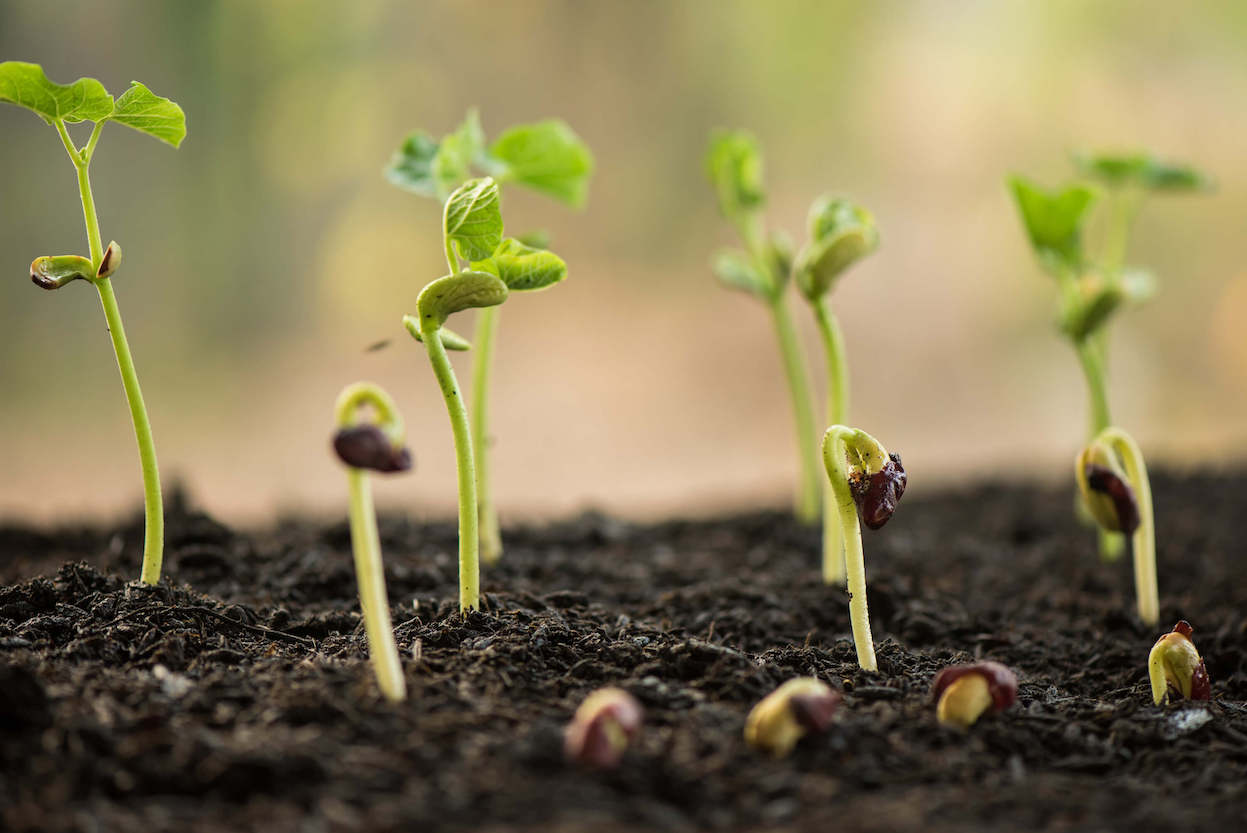

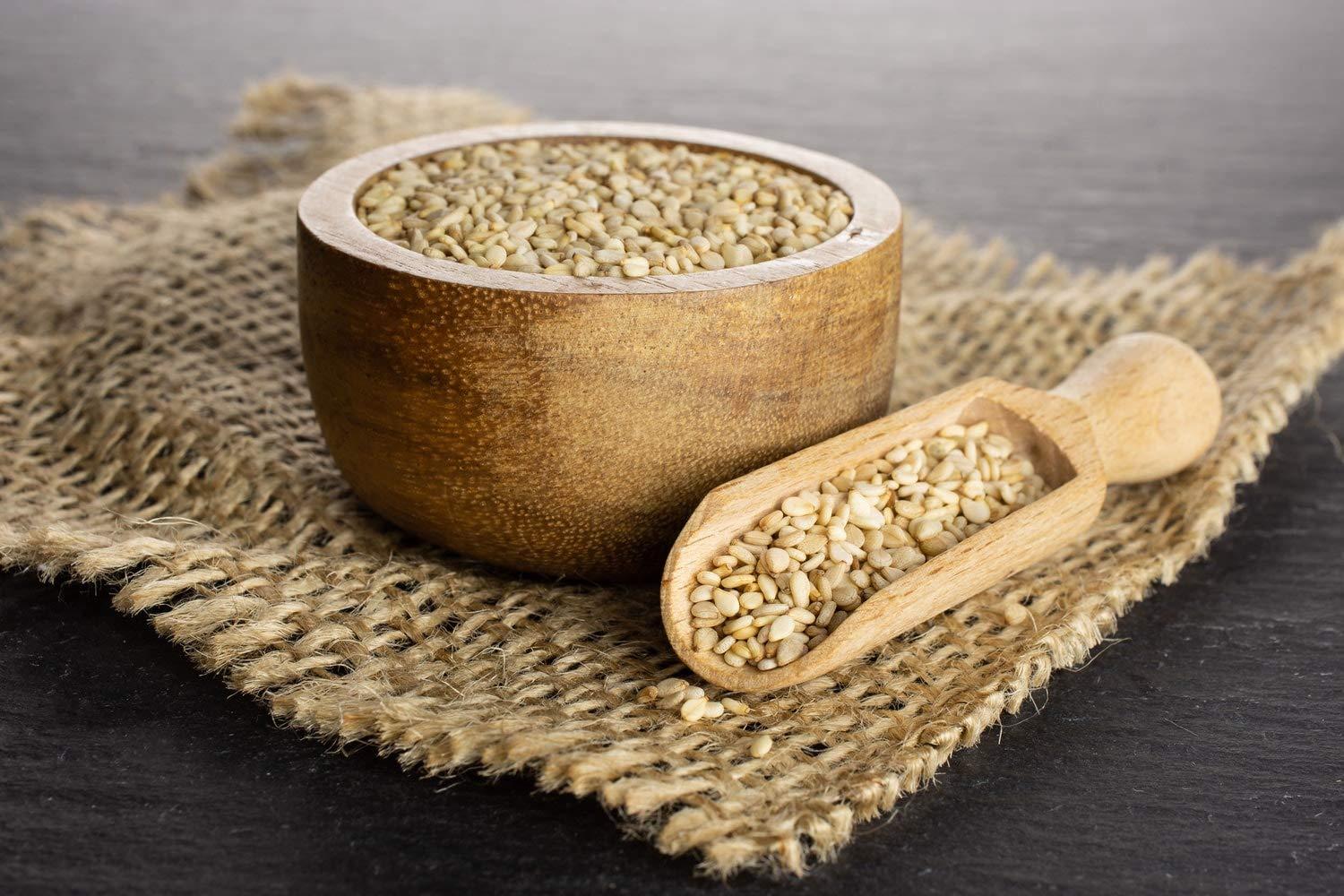
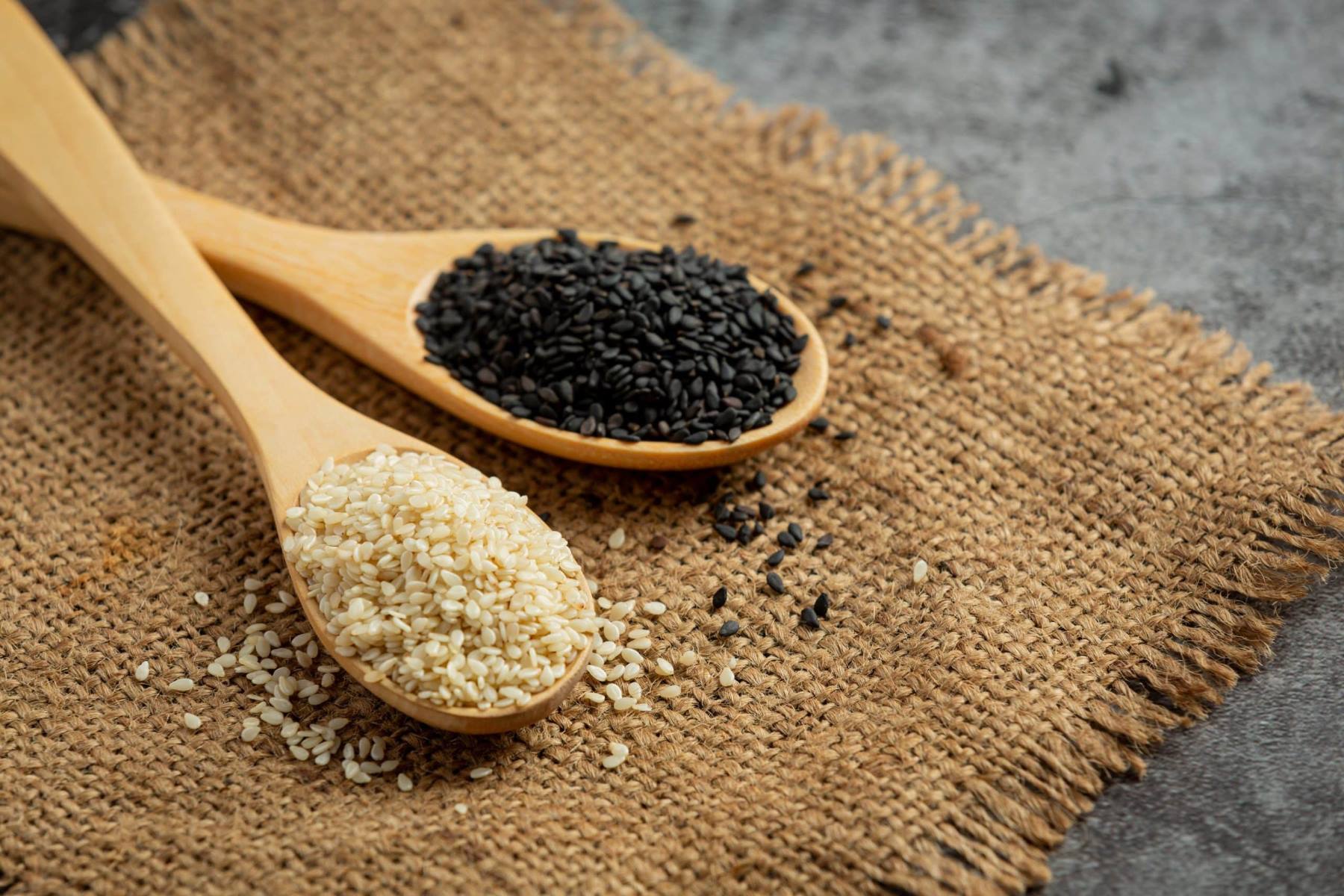
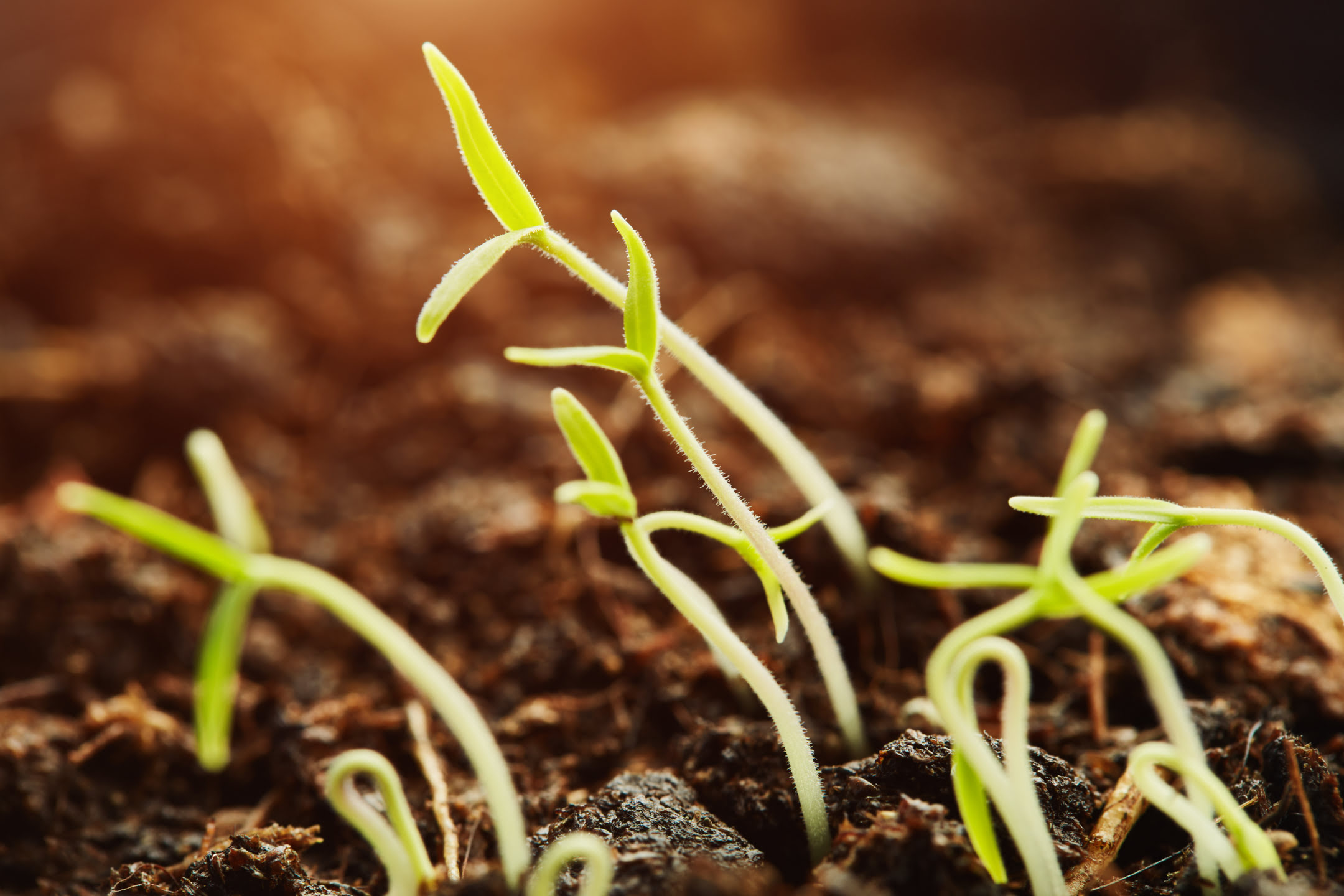
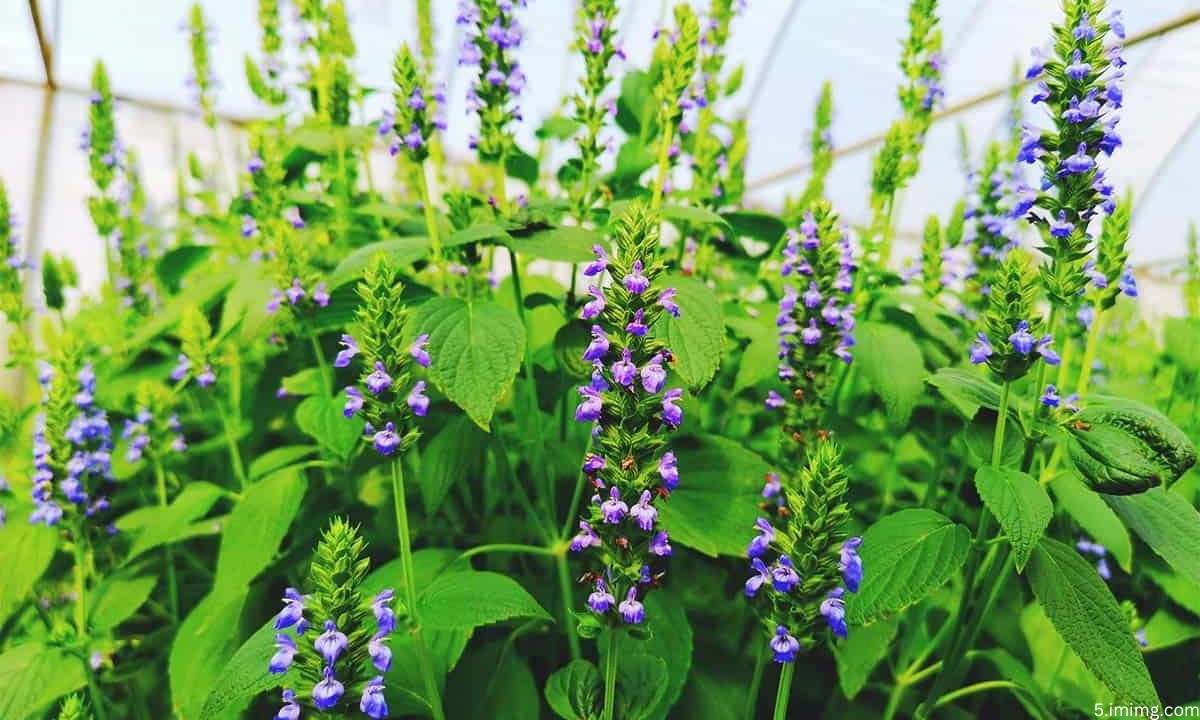

0 thoughts on “What Plant Does Sesame Seeds Come From”